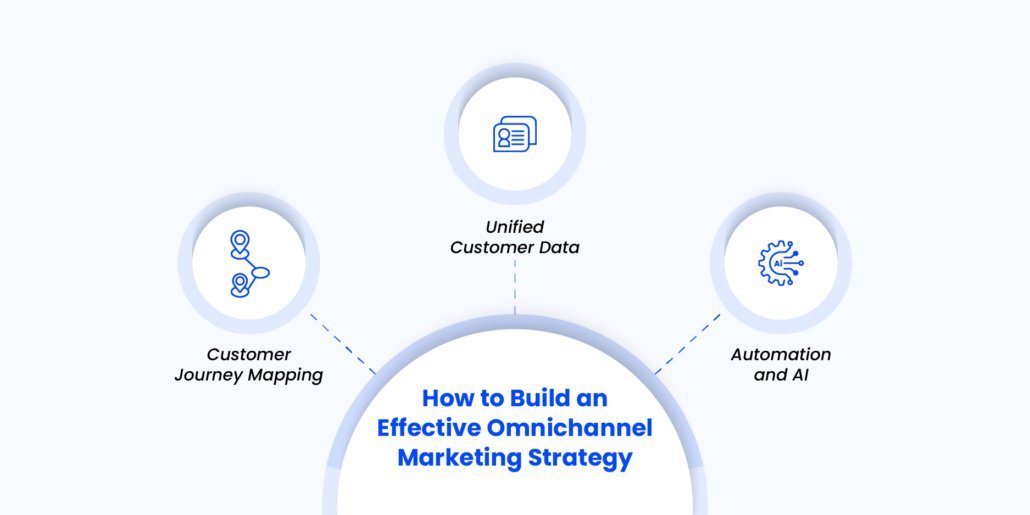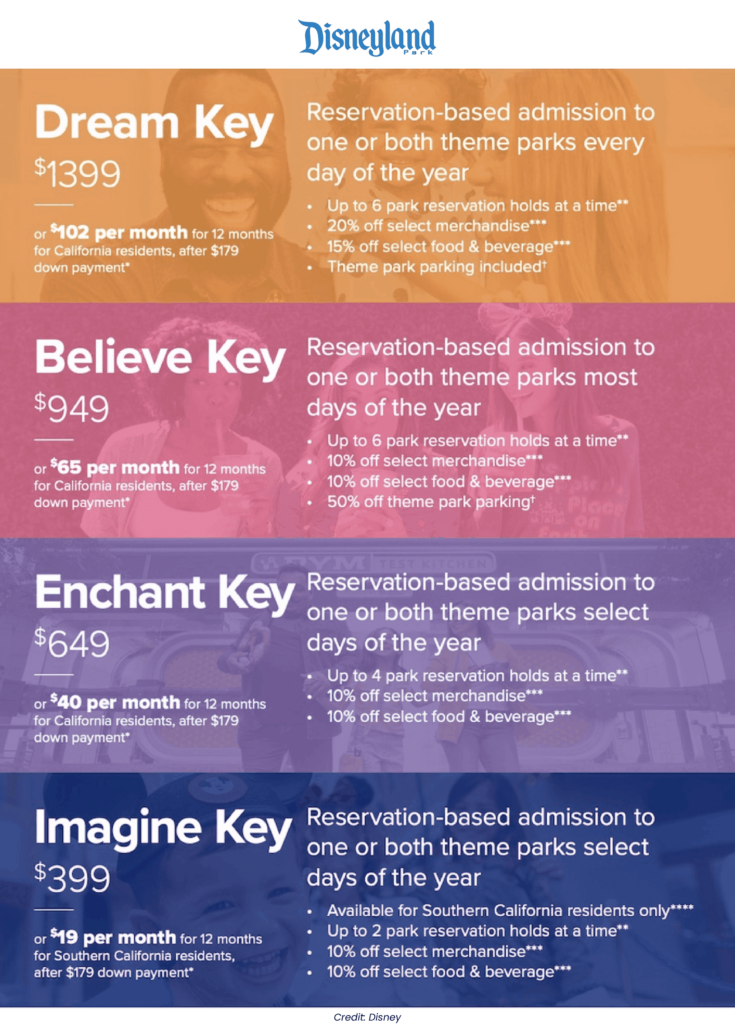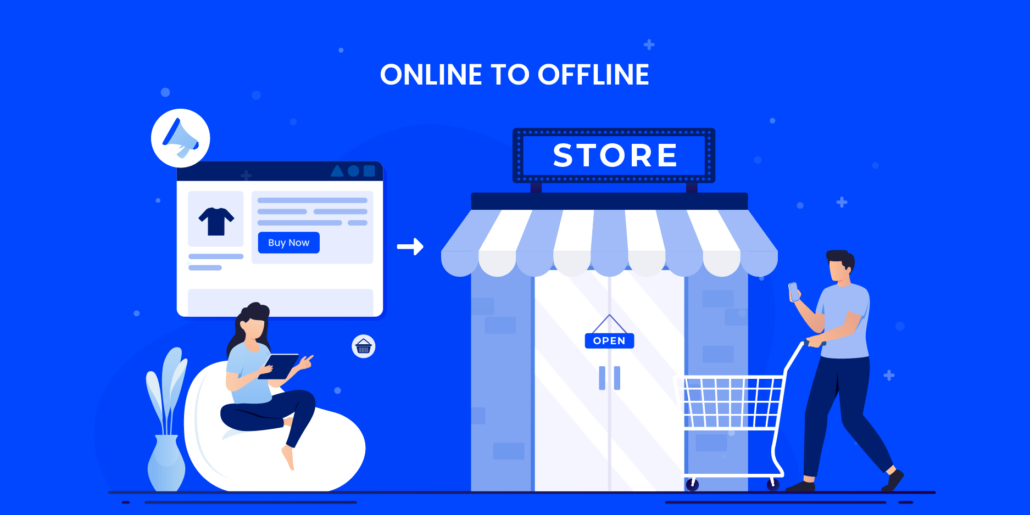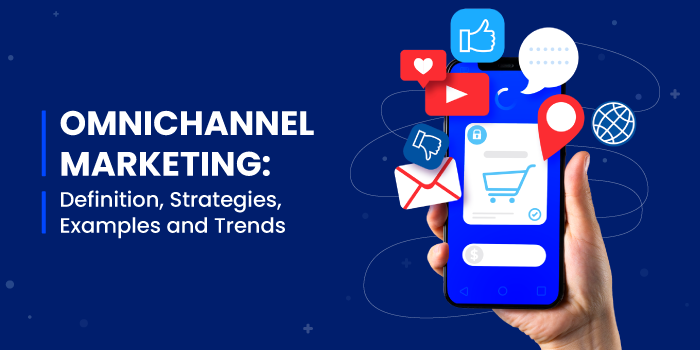Have you ever browsed through a shopping website, lingering over a product, and then added it to your cart, only to reprimand yourself over your spending habits and click off the website without making a purchase—bank balance intact?
And then, just when you think you’re in the clear, you receive a WhatsApp message from the same website, coaxing you to complete your order. That is an example of omnichannel marketing.
Omnichannel marketing is the sophisticated cousin of multichannel marketing, used for creating a seamless and consistent customer experience across various channels.
Beyond mere buzzwords in the realm of digital marketing, omnichannel marketing stands out as a pivotal driver for influencing customer buying decisions.
It fosters remarkable customer retention and elevates sales. The purchase rate of omnichannel campaigns being 287% higher than single-channel campaigns is a testament to this fact.
In this article, we will walk you through what omnichannel marketing is, why it’s making waves, and how you can implement it to drive sales and boost customer retention.
What is Omnichannel Marketing?
Omnichannel marketing is a strategy that aims to provide a seamless customer experience by integrating the customer journey into cross-channel marketing.
Multichannel marketing uses multiple channels independently, while Omnichannel marketing integrates multiple channels to create a holistic customer experience.
From the message reminding you to continue where you left off while browsing the website to the promotional email offering a customized list of products related to your purchases — they are all seamlessly connected.
Why Do You Need an Omnichannel Marketing Strategy
73% of retail consumers use multiple channels to shop, this makes channel synchronization a must for businesses to uphold a unified brand message and efficiently track customer behaviour.
Customers view shopping as a unified experience, whether online, in physical stores, or on mobile devices. It does little good for businesses to adopt different strategies across various channels, as this only gives customers a disjointed experience.
Whereas the omnichannel marketing approach offers the following benefits:
For Customers | For Businesses |
Consistent experience | Higher engagement across channels |
Personalized service | Improved ROI through effective customer targeting |
Multiple avenues to reach out to a company | Enhanced customer retention |
Effortless transition between online and offline shopping | Efficient inventory management with integrated inventory systems |
Ease in making informed decisions | Cross-selling and upselling |
Real-time interactions and assistance | Optimized marketing spends through data-driven insights |
Are you ready to build your own omnichannel marketing strategy? Read on to learn what steps you’ll need to take.
How to Build an Effective Omnichannel Marketing Strategy
Crafting a winning omnichannel marketing strategy requires careful planning and a holistic approach. Let’s dive into the key steps you need to follow to build a strategy that delivers results:

1. Customer Journey Mapping:
Start by mapping your customer’s journey, singling out the various touchpoints the customer encounters while interacting with your brand or product, from initial awareness to post-purchase feedback.
This will help you identify pain points, gaps, and opportunities in the customer experience and facilitate seamless transition between channels. Following is a list of popular tools used for customer journey mapping:
· Microsoft Visio:
Microsoft Visio is a diagramming tool that can create detailed and structured customer journey maps. It offers various templates and shapes that can be customized to suit your needs.
· Lucidchart:
Lucidchart is an online diagramming and flowcharting tool that allows you to create professional-looking customer journey maps. It offers collaboration features, making it easy to work with teams.
· Smaply:
Smaply is a dedicated tool for customer journey mapping. It offers pre-built templates and features specifically designed for creating detailed journey maps.
· Touchpoint Dashboard:
Touchpoint Dashboard focuses on mapping touchpoints and interactions across various channels. It’s designed to help you understand customer interactions at different stages of their journey.
· Adobe XD:
Adobe XD is a design and prototyping tool that can be used to create interactive and visually rich customer journey maps. It’s especially useful if you want to include interactive elements.
2. Unified Customer Data
Collecting and analyzing data from various sources, such as website visits, email engagement, social media activity, and in-store purchases, provides a business with a comprehensive profile of customers. This unified data is instrumental in personalizing marketing approaches tailored to provide a seamless customer experience across channels.
3. Automation and AI
Automation and AI can help generate real-time engagement and enhance personalization while providing a holistic user experience.
From sending automated cart reminders to curating product suggestions based on past purchase behavior, the potential to streamline customer engagement via automated processes is immense.

AI-powered chatbots are the new age answer to customer support woes, capable of resolving queries and concerns round the clock. Make sure to utilize these intelligent assistants in your strategy and optimise your marketing efforts.
To successfully implement omnichannel marketing, it’s crucial to maintain a consistent storytelling approach across all your channels.
On that note, here are six strategies to excel in the art of omnichannel storytelling.
5 Strategies for Effective Omnichannel Storytelling
1. Diversifying Storytelling Across Channels
To succeed in omnichannel marketing, you must diversify your storytelling efforts. This means using various platforms and formats to engage your audience across different channels.
By doing so, you can effectively reach a wider audience and cater to their preferred interaction methods.
For instance, you might use blog posts, social media updates, videos, podcasts, and email newsletters to convey your brand’s story and message.
2. Ensuring Channel Consistency in Storytelling
Choosing marketing channels that align with your target audience is crucial.
When selecting channels, consider where your audience spends their time and how they prefer to receive information.
Once you’ve identified these channels, ensure that your storytelling messaging remains consistent across all of them. Consistency helps reinforce your brand’s identity and message, making it more memorable and trustworthy.
3. Balancing Storytelling and Direct Promotion
Omnichannel marketing requires finding the right balance between storytelling to build your brand and direct promotion of your products or services.
Your approach should vary based on your objectives. Sometimes, you might focus more on telling your brand’s story to establish a connection with your audience, while at other times, you might emphasize promotional content to drive sales.
The key is to strike a balance that aligns with your current goals.
4. Tailoring Storytelling to Audience Needs
Effective omnichannel marketing involves understanding your target audience’s preferences and behaviors, as well as your customers’ unique needs and desires. Craft your stories across multiple channels to resonate with different audience segments and customer groups.
You can create a strong emotional connection and drive engagement by empathizing with your customers and showing how your products or services meet their specific challenges or desires.
For example, if you’re selling skincare products, your storytelling might focus on different aspects for customers with various skin types, concerns, or lifestyles, demonstrating how your products provide solutions and enhance their well-being.
5. Ensuring Seamless Cross-Channel Journeys
In omnichannel storytelling, it’s essential to create seamless cross-channel journeys for your customers. This means ensuring smooth and consistent transitions from one channel to another.
For example, if a customer starts their journey by researching a product on your website, then continues on your mobile app, and later receives an email promotion, the messaging and storytelling should flow seamlessly.
This continuity enhances the customer experience and reduces friction in their journey, making it more likely for them to complete a purchase or engage with your brand.
Implementing technologies like marketing automation and customer data platforms using CRMs like LeadSquared can help orchestrate these seamless cross-channel experiences.
If you’d like to know more about storytelling in omnichannel marketing, check out this insightful and candid webinar with Joel Thottan, Associate Manager – Integrated Marketing at Nykaa.
Brands that have Nailed Omnichannel Marketing
1. Starbucks
Starbucks, a prime example of successful omnichannel marketing, employed the following strategies to bolster digital engagement:

· Free Wi-Fi Registration: Starbucks encouraged email registration by offering complimentary Wi-Fi, leading to a group of digitally registered customers.
· Database Expansion: Leveraging the allure of free Wi-Fi, Starbucks expanded its customer database to 10 million people, laying the groundwork for future interactions.
· Email Campaigns: Starbucks utilized email campaigns to distribute coupons and complimentary drink offers, incentivizing rewards adoption and promoting app downloads.
· App Engagement: Customers could conveniently place orders in advance through the Starbucks app while providing valuable data for tailored marketing.
· Starbucks for Life Campaign: This light-hearted campaign offered the chance to win prizes, coupons, and gift cards, fostering a stronger bond with customers.
2. Zomato
Zomato has emerged as a trailblazer in omnichannel marketing with a multifaceted approach that entails:
· Engaging Notifications: Zomato’s infamous push notifications that take users to the app have been a viral success. Their witty one-liners sustain customer interest across channels.
· Witty Email Approach: Humorous emails with catchy subject lines create memorable brand interactions.
· Interactive Data Use: The Zomato #badge campaign utilized customer data to boost engagement with personalized badges based on past purchase data. Here’s an example:

· Strategic SEO Fusion: Zomato targets relevant keywords while creating a significant number of relevant URLs to rank high across search engines.
· Diverse Ad Landscape: Targeted ads across platforms, ranging from social media to billboards, ensure cohesive branding and increased visibility for this delivery giant.
3. Disney
Renowned for nailing omnichannel marketing to a T, Disney employed the following strategies to enhance its brand engagement across platforms:
· Integrated Disneyland Experience: Disney linked its theme parks to a mobile app, allowing visitors to access interactive maps, real-time wait times, and reserve attractions for an improved experience.
· Personalized Content Delivery: Disney customizes content via its website, app, and emails, using user preferences to provide customers with relevant information and promotions.
· MagicBands Integration: Disney launched RFID wearables called MagicBands, that link to the app, serving as tickets, hotel keys, and payment, providing a unified visitor experience.
· Cross-Platform Storytelling: Disney employs consistent storytelling across movies, TV shows, parks, and digital platforms, reinforcing its brand and promoting cross-channel engagement.
· Customized Loyalty Programs: Disney’s loyalty programs, like Disney Rewards, provide tailored perks and incentives to customers, promoting brand engagement and repeat purchases.

Emerging Trends in Omnichannel Marketing
1. Gamification
Simply put, gamification is using game elements and principles in a non-game context to enhance user engagement.
Here are a few examples of gamification being employed in omnichannel marketing:

· Reward Programs: Brands create loyalty systems with points and virtual rewards for actions, used online and in stores.
Amazon’s subscription is one great example. Most people prefer the convenience of faster deliveries and purchase a subscription. The complimentary access to Amazon’s streaming service — Prime and discounts with Amazon partners make the deal that much sweeter.
· Interactive Contests: Businesses host engaging challenges across social media, web, and apps, fostering user-generated content and boosting brand visibility.
For example, Flipkart’s Saturday’s Spin and Win contest urges you to spin the digital wheel of fortune to win discount coupons that can be claimed only on Saturdays.
· Incentivized Sharing: By using gamification, businesses motivate users to share experiences or refer friends, with rewards for complying.
For example, Internshala offers discounts when someone signs up for their courses using a referral link. The customer who referred them earns ₹250 every time their referral link is used.
· QR Code Hunts: Strategically placed QR codes lead users on scavenger hunts, boosting interaction across platforms.
Taco Bell is a good example of creatively using QR codes in marketing. Taco Bell added a QR code on its burritos and drinks. This code, upon activation, unlocked exclusive footage from Taco Bell’s sponsorship of MTV’s Video Music Awards (VMAs).
2. Online-to-Offline Commerce (O2O)
involves enticing online customers to visit physical stores for increased sales and loyalty.

O2O commerce uses the following strategies to provide seamless transitions between online and offline shopping:
· Showrooming and Webrooming: Showrooming entails browsing products in physical stores and purchasing them online for better deals or offers. In contrast, web rooming involves researching items online and buying them in physical stores.
· Click-and-Collect (BOPIS): Customers order online and collect in-store, blending online convenience with immediate in-store pickup.
· Mobile Apps and Location-Based Services: Retailers use mobile apps to detect customers’ real-time locations, send personalized notifications, and provide location-based deals.
· Integration of Loyalty Programs: Loyalty programs reward customers for their ongoing support and engagement with a brand. These programs span online and offline, engaging customers across channels.
· Payment and Checkout Flexibility: O2O commerce empowers customers to select online purchases with home delivery or online reservations with in-store payments.
As the modern customer is bombarded with data from all directions, taking an omnichannel approach to marketing is a must for the survival of any business. Omnichannel marketing has emerged as a game changer for businesses, fostering enhanced customer engagement and increased revenue through a cohesive approach to data analytics. Ready to optimize your marketing strategy?
LeadSquared CRM provides the ideal platform to implement your omnichannel marketing strategies. With LeadSquared CRM, effortlessly track customer behavior across various touchpoints, deliver real-time interactions, and optimize your marketing budget with data-driven insights. LeadSquared CRM empowers you to excel in the art of omnichannel marketing. Book a demo today to access solutions tailored to meet your requirements.
You can measure effectiveness through key performance indicators (KPIs) like conversion rates, customer retention, and ROI. Analyzing customer data and feedback also helps gauge success.
Common challenges include data integration issues, maintaining consistent branding, and ensuring a seamless customer experience across all channels.
Yes, small businesses can implement omnichannel marketing successfully by starting with a well-defined strategy, focusing on a few key channels, and leveraging cost-effective technologies to manage data and interactions.







